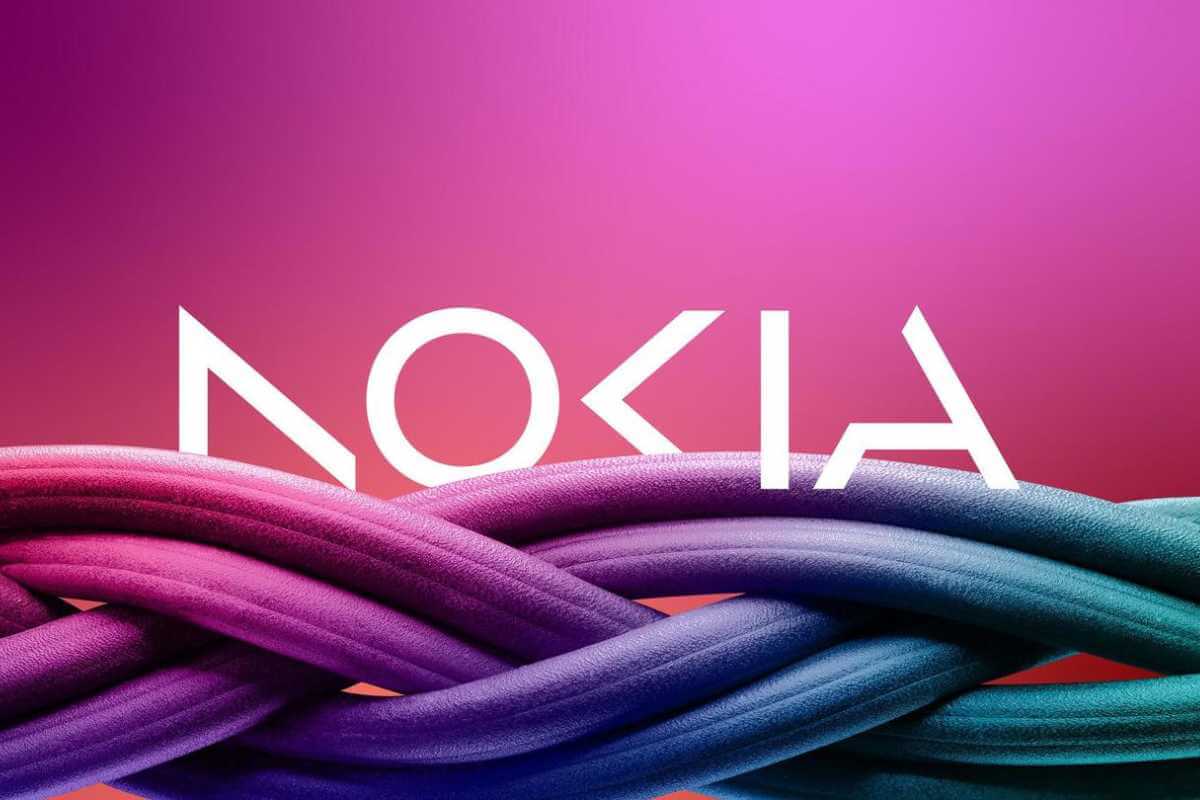
Vodafone Group and Nokia have announced a partnership to run a 5G Open RAN (Radio Access Network) pilot in Italy. This will be a first for the country to witness this. Vodafone has extensive reach throughout Europe with its mobile networks serving millions of customers. Meanwhile, Nokia is one of the largest telecom gear providers in the world. Both companies coming together and running a 5G Open RAN pilot in Italy will definitely boost the growth of newer technologies. This will provide other independent software providers with a new platform to enter the fray using open APIs.
"This will encourage competition and innovation, boosting Europe’s competitiveness and giving it greater digital autonomy underpinned by a more resilient supply chain," Nokia said in a release.
Read More - Nokia Brings First of its Kind 6G Lab to India
The pilot will take place in Northern Italy, where a cluster of mobile sites will run on Nokia's containerised baseband software operating on the Red Hat OpenShift platform. The platform from RedHat is a leading hybrid cloud application platform built on Kubernetes and hosted on the latest Dell PowerEdge XR8000 servers. Nokia and Marvell together created a Smart Network Interface Card (NIC) for Layer 1 processing, and this will be used in the Dell PowerEdge servers.
Nokia said that the purpose of this collaboration is to prove that its Open RAN solution achieves performance and functionality parity compared to its purpose-built RAN.
Read More - India and USA Shake Hands for 6G Development
Alberto Ripepi, Chief Network Officer, Vodafone, said, "Today’s announcement reinforces Vodafone’s commitment to supporting the EU digital economy with the deployment of customer-focussed Open RAN networks."
"Nokia’s collaborative anyRAN approach means that Communication Service Providers (CSPs) can deploy Cloud RAN with the server hardware and CaaS layer of their choice," said Mark Atkinson, Head of Radio Access Networks at Nokia.
This O-RAN deployment will be a first for Italy and will pave the way for the future of network technology.















